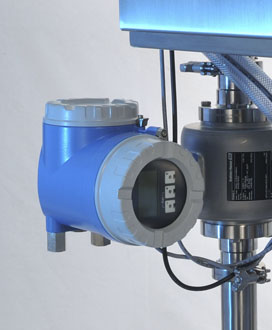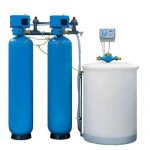When it comes to drink production and brewing, sanitation needs to be a prime focus. Practicing good sanitation is necessary for more than just preserving the taste of the mixture. A case of food poisoning from the drink can lead to costly lawsuits and ruin the reputation of your business forever. Great lengths must be taken in order to ensure that your brew is delicious as well as safe for the public. Clean-in-place systems are the best way to accomplish this, and anybody who is serious about brewing should seriously consider them.
In the Beginning
Many brewers use Clean-in-place to clean the interior surfaces of equipment associated with the brewing process, such as pipes and filters, without ever having to disassemble the apparatus. Before the idea was conceived in the ‘50s, cleaning was a tedious process that required a machine to be turned off, taken apart, cleaned by hand, and reassembled all over again before it could be used. This had to be done regularly, as the lack of UV rays on those surfaces, which came in constant contact with fermented brew, yeast, and sugar, created ideal conditions for bacteria to grow. Clean-in-place eliminated this method and is now the preferred system for brewers who need to clean their equipment.
How It Works
When clean-in-place was originally conceived, it employed a centrifugal pump, balance tank, and a connection to the system for cleaning to take place. Nowadays, it is usually built directly into the equipment. Most clean-in-place systems are fully automated, using sensors, valves, logic controllers, and spray nozzle systems that are specially-designed. Clean-in-place is superior to older methods of sanitation in that it requires less time, is less labor intensive, and reduces the risk of chemical exposure to workers.
The system can work in three different ways, depending on the type of piping and the dirt associated with it. For pipe circuits, which sustain gradual bacterial growth, the system delivers a high turbulence and flow-rate solution for good cleaning that keeps the levels suppressed. In contrast, a spray with low energy and a low flow rate is used on surfaces that don’t maintain high bacteria levels. This type keeps the surface completely wet. The third method is used for surfaces with a high bacteria count, or for large diameter surfaces, and employs a high-energy spray that basically careens down the pipe and sweeps out the infestation.
Clean-in-place systems are used in a wide variety of industries and are perfect for cleaning fermenters, which obviously sustain a high bacteria count. The type of system used depends entirely on the type of fermenter used. The FDA does post strict guidelines about how often a system must be cleaned. Refer to these guidelines if you are unsure about which cleaning system to employ in your own brewery.







